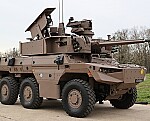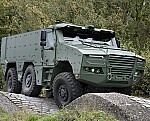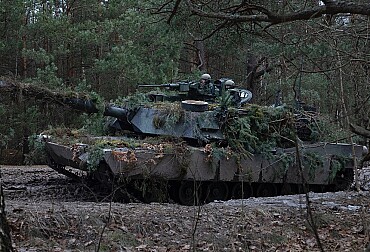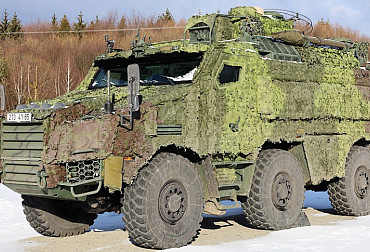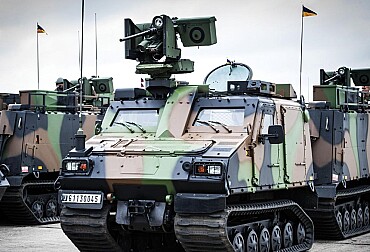The Ukrainian experience: Possible variants for the development of a main battle tank in modern warfare
The main battle tank (MBT), a symbol of 20th-century ground forces, has come under fire in the 21st century, both literally and conceptually. The war in Ukraine has not only resulted in enormous losses of armored vehicles, but also raised serious doubts about the sustainability of the traditional tank concept.
Images of destroyed Russian T-72, T-80, and T-90 tanks, whose crews often had no chance of escape, have been seen around the world and reignited discussions about the "death of the tank" as a decisive weapon on the modern battlefield. Although the tank has not been written off for the first time (see the first war in Chechnya), it is the conflict in Ukraine that provides new and convincing reasons for a radical rethinking of what a modern tank should actually be. Instead of abandoning the tank as a class, there is a need for its fundamental transformation – in terms of armament, protection, tactics, and role in a digitally connected multi-domain battlefield.
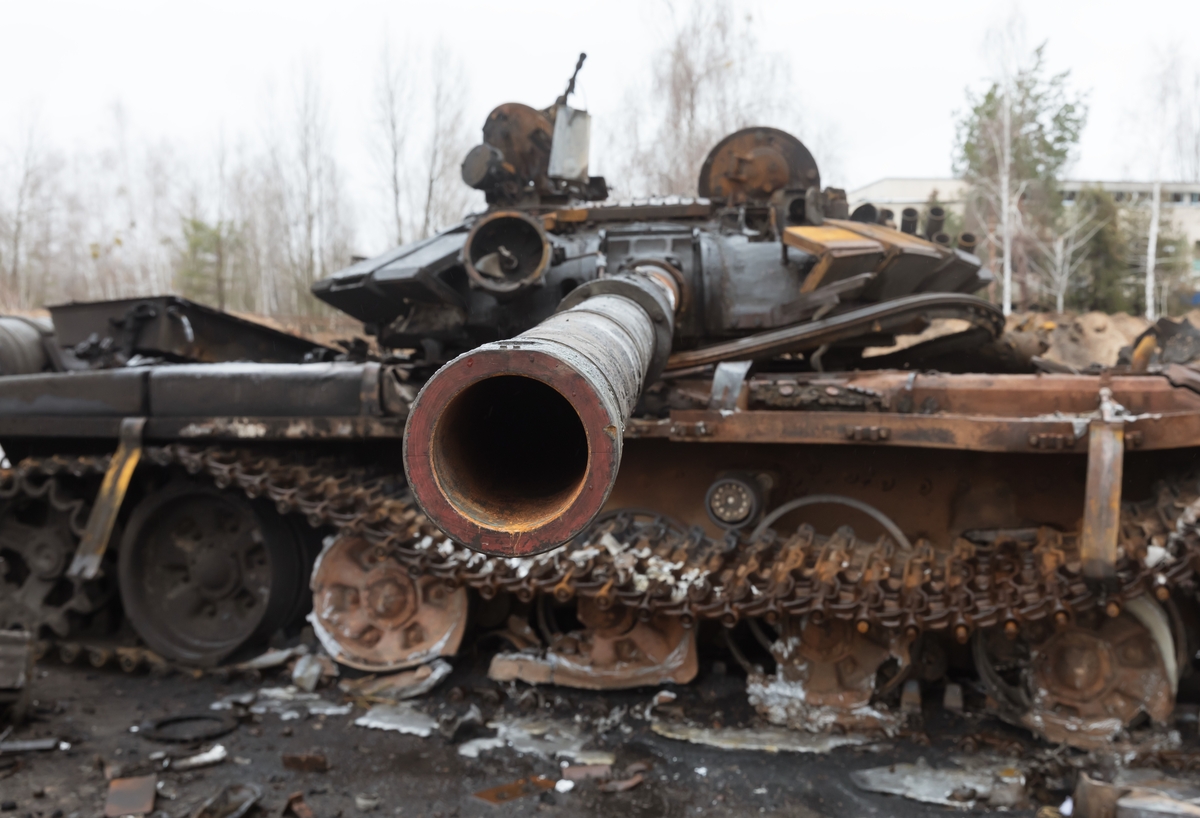
Lessons from Ukraine: The death of the tank, or the death of an old paradigm?
The Russian invasion of Ukraine in 2022 has put tanks back at the center of combat operations—and under unprecedented fire. Since the start of the conflict, more than 4,000 Russian tanks have been visually confirmed destroyed. Most of them fell victim to Javelin and NLAW anti-tank missiles or Ukrainian suicide drones. Tanks and other armored vehicles deployed without sufficient infantry support or drone reconnaissance cover became easy targets for Ukrainian units armed with anti-tank missiles at the beginning of the war. Later, kamikaze drones and small UAVs dropping anti-tank grenades became a nightmare for tanks.
It also became apparent that Russian tank training in particular suffers from serious design flaws. Russian tanks with automatic loading systems, where ammunition is stored in a ring around the turret, often exploded with fatal consequences, blowing off the entire turret and killing the crew instantly. Insufficient coordination with other units (especially short-range air defense and reconnaissance UAVs) led to situations where tanks moved in an area that Ukrainian defenders had turned into a death zone. This does not mean that the tank as a weapon system is obsolete. The Ukrainian army itself deploys tanks, often of Western origin. From the point of view of effectiveness against the threats on the Ukrainian battlefield, Western designs can be divided into two groups. The first group consists of designs that are already largely unsuitable for the current battlefield. This applies in particular to the Leopard 1, which is highly vulnerable not only to anti-tank missiles and enemy tanks, but also to very cheap drones. The second group consists of vehicles that have proven themselves relatively well and have demonstrated their potential to continue to play the role of MBTs (in the current sense of the term) in the future. At the same time, however, it is becoming clear that tanks can no longer be the sole "kings of the battlefield." In modern warfare, they will only survive if they are part of a broader, interconnected ecosystem of combat assets.
Tank 2.0: A hybrid concept in response to new threats
One of the most ambitious attempts to redefine the tank class is the Russian concept "Tank 2.0," which originated with the BMPT "Terminator" vehicle. This is not a classic MBT, but a versatile heavy combat vehicle designed primarily to destroy light targets, infantry and, in extreme cases, enemy MBTs (using ATGMs). Instead of a single main weapon, it is equipped with a combination of rapid-fire cannons, machine guns, automatic grenade launchers, and guided missiles, and would likely use a heavy tank chassis. Tank 2.0 represents a departure from the traditional "high caliber" paradigm for tank combat, offering instead a vehicle that will be able to operate with maximum autonomy on the battlefield. The information that the Russians are considering a similar concept came in 2016 from Ruslan Puchov, director of the Moscow-based CAST (Center for the Analysis of Strategies and Technologies). Although the idea that the Russians, in their current situation of waging a war of attrition in Ukraine, still have the resources to develop such a conceptually "futuristic tank" is rather laughable, the very idea of a hybrid between an MBT and a medium or heavy BVP could find application in other parts of the world, such as Israel.
European MGCS and Russia's abandonment of Armata
In Europe, discussions about the future of MBTs have led to the Main Ground Combat System (MGCS), a joint German-French program to develop a new generation of tanks. The project is expected to replace the Leopard 2 and Leclerc (or the future MBT Leopard 3) around 2040, although from the outset it has not been intended to be just a new tank. The MGCS is to be a modular platform where the main MBT will be linked to unmanned vehicles, drones, sensors, and a data-sharing system. The emphasis is on digitization, a high degree of automation, open architecture, and adaptability to various forms of battlefield—from conventional combat to asymmetric conflicts. The main challenge for MGCS remains interoperability—and the question of whether Europe can develop a weapon system that will not become obsolete before it enters service. Ukraine shows that weapons development is no longer linear, but takes place in an environment of rapid adaptation, which favors modular, upgradeable platforms over cumbersome projects. It is also important to mention a competing project, the German KF51 Panther. Western thinking on tanks has not changed much. Based on current projects, it can be said that they will continue to be primarily expensive, well-armored vehicles with an emphasis on crew survival in the event of an attack.
To a certain extent, the MGCS is becoming a bolder conceptual companion to Russia's Armata in the context of heavy modular platforms. Paradoxically, the Russians are backing away from these plans (probably mainly due to their experience in Ukraine). It can be assumed that the Russian tank school will not change much in the coming decades, mainly for financial reasons. The acquisition of several thousand new Armata tanks or tanks of a similar design is beyond the reach of the Russian economy. Instead, we are likely to see further in-depth modernization of the "T" design, based on the philosophy that strength lies in numbers. The Russians will probably focus on protecting tanks against drones and vulnerable areas of the tank, in particular the turret roof armor and safer ammunition storage. What both tank schools (Western and Russian) are likely to have in common (apart from addressing the drone threat and APS) will be an increase in the caliber of the main gun. In the case of Western tanks, we can expect calibers of 130 or 140 mm. Russian machines could see calibers of up to 152 mm in the future.
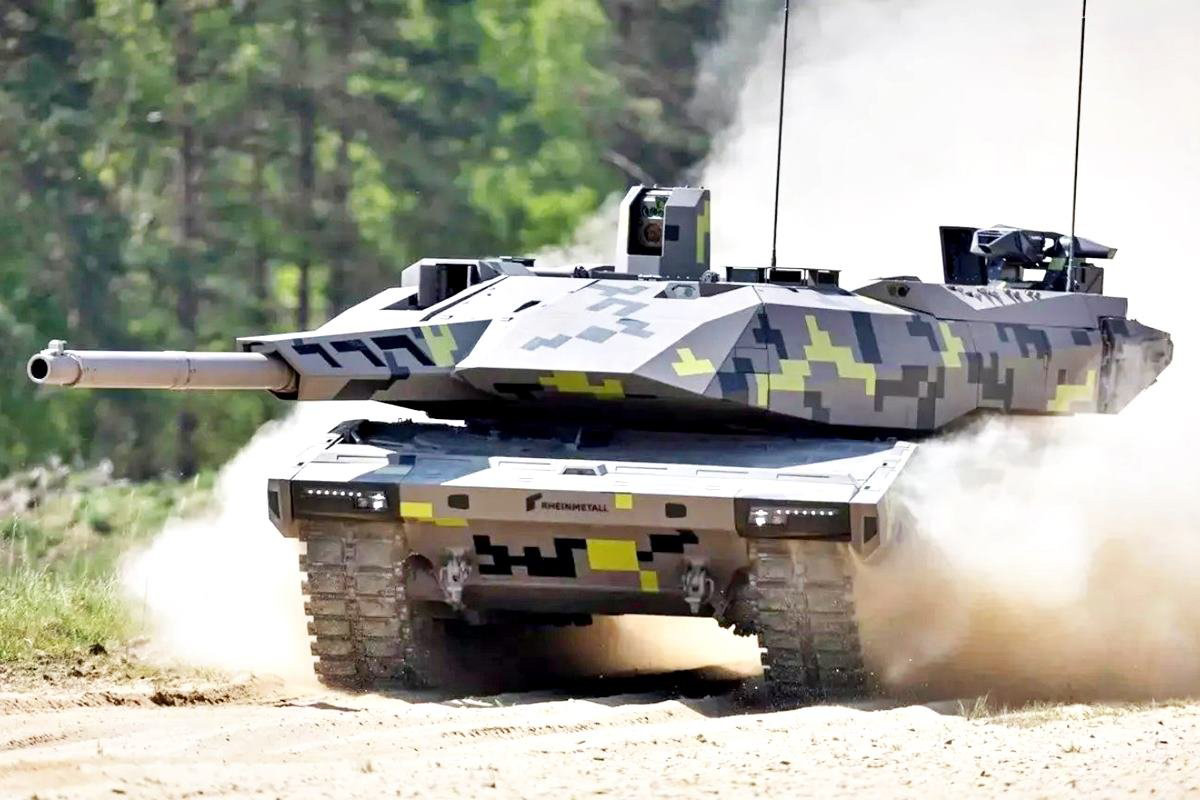
UAV tanks and autonomous vehicles
One of the most radical developments in MBT design is the concept of the UAV tank – a machine that is remotely controlled or autonomously guided using artificial intelligence. This direction has a number of advantages: it reduces the silhouette, as there is no need for crew space and no need to protect the crew, reduces the risk of loss of life, and allows vehicles to be deployed in environments with a high risk of biological or nuclear threats. Improvised versions have also been tested in Ukraine, such as remote-controlled tanks with explosives, used as "ground kamikaze UAVs." The disadvantages of this approach are its low autonomy, high data connectivity requirements, and the possibility of communication disruption. Nevertheless, the direction of development shows that future MBTs will not necessarily be human-controlled – or at least there will be no humans inside. The Chinese People's Liberation Army came up with a rather interesting concept in 2018 when it began experimenting with obsolete Type 59 tanks converted into ground drones. The tank design is hopelessly outdated, especially in terms of crew protection, but it has a 100 mm cannon, which is a significant firepower that can be used on the modern battlefield for support tasks. The Chinese approach may be one of the best options for countries with large numbers of obsolete tanks and armored vehicles in general.



